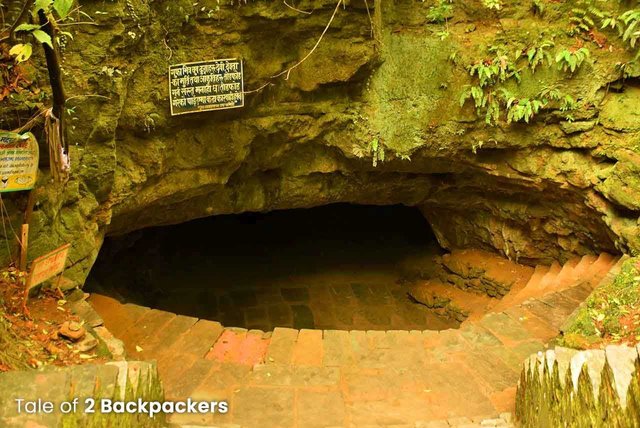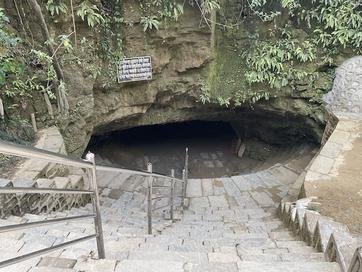

Mahendra Cave (also known as Mahendra Gufa) is a popular natural limestone cave located in Pokhara, Nepal. Situated in the Kaski District of the Gandaki Province, this cave is a significant tourist attraction due to its unique geological formations, cultural significance, and accessibility.
Geographical Location:
Mahendra Cave lies in the Batulechaur area, around 10 kilometers north of Pokhara's city center. It is easily accessible by road, making it a convenient stop for tourists exploring Pokhara’s natural beauty.
Discovery and History:
The cave was named after King Mahendra Bir Bikram Shah Dev, the late monarch of Nepal, who is believed to have visited the site. It was officially discovered in the 1950s by local shepherds, although locals were aware of its existence long before that.
Geological Features:
Mahendra Cave is a limestone cave, known for its stunning stalactites and stalagmites formed over thousands of years due to the deposition of calcium carbonate from dripping water. The cave extends about 200 meters into the hillside, with narrow passages and dark chambers that require artificial lighting for exploration.
Attractions Inside the Cave:
Shiva Lingam: A notable feature of Mahendra Cave is the Shiva lingam, a natural rock formation revered by Hindu pilgrims. Visitors often light candles and offer prayers here, adding a spiritual ambiance to the cave’s mystical environment.
Unique Rock Formations: The cave walls showcase fascinating textures, shapes, and natural sculptures created by mineral deposits. Some formations resemble animals or mythological figures, sparking the imagination of visitors.
Tourist Experience:
Visitors can explore the cave’s dark, damp corridors with the help of flashlights or headlamps, as the cave has limited natural light. The air inside is cool and humid, providing a refreshing contrast to the warm climate outside. The cave’s narrow passages may require bending or crouching in some areas, adding an adventurous feel to the exploration.
Safety and Facilities:
The cave has metal railings and pathways to assist visitors in navigating safely.
Local guides are available to provide insights into the cave’s history and geology.
Nearby, small shops sell souvenirs, snacks, and refreshments.
Nearby Attractions:
Bat Cave (Chamero Gufa): Located close to Mahendra Cave, it’s known for its population of bats.
Seti River Gorge: A deep gorge carved by the Seti River, showcasing spectacular geological formations.
Gupteshwor Mahadev Cave: Another famous cave in Pokhara with a sacred Shiva temple inside.
Best Time to Visit:
The cave can be visited year-round, but the autumn (September to November) and spring (March to May) seasons offer the most pleasant weather for cave exploration.
Cultural Significance:
Besides being a natural wonder, Mahendra Cave holds cultural importance for locals due to the Shiva lingam and the cave's association with religious practices.
Conclusion:
Mahendra Cave is more than just a geological site—it’s a blend of natural beauty, cultural heritage, and adventure. Whether you’re a nature lover, an adventurer, or a spiritual seeker, this fascinating cave in the heart of Pokhara offers an unforgettable experience.